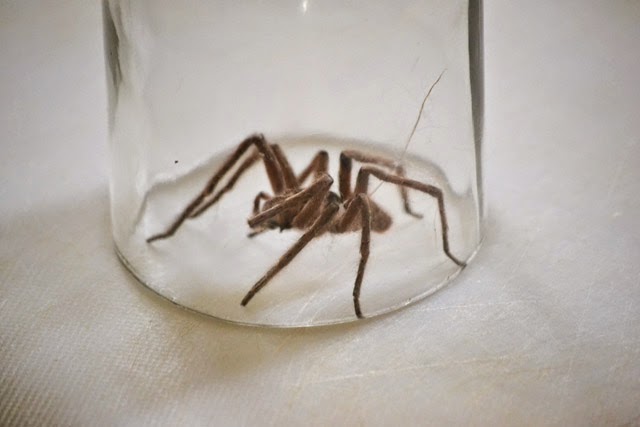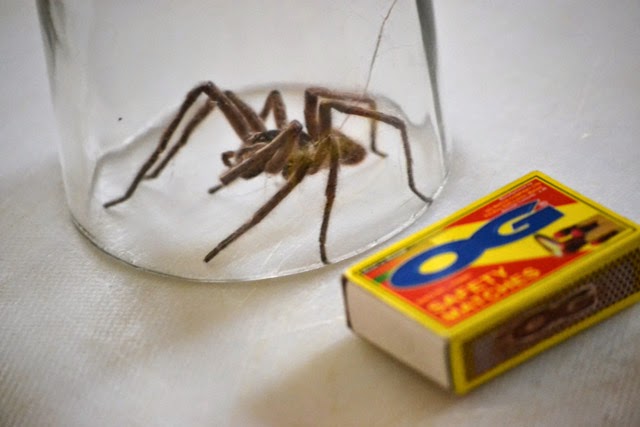In a previous blog entry we have seen that the basic
challenge with a photo story is the tension between coherence on one hand and
variation on the other. We need coherence to give the reader the feeling that
the photo story is one piece of art, not a random collection of photos. On the
other hand we need enough variation to keep the interest of the viewer.
To create coherence, there are three basic forms used to
construct the photo story. Many photo stories do not follow any of the three to
the letter, but most successful photo stories do fall in one of the three
categories, more or less. Once you understand these ways of thinking,
variations will come to mind when you are creating a photo story.
The three basic forms are:
- Reportage: the story follows the subject through
time. Most wedding photography follows this form: the bride dresses up, goes to
the church, the officiation, the posed photos in the garden, the reception from
beginning to end. Also this form is used commonly in photojournalism
- Photo series: in
photo series time plays no role, but a number of similar photos are
juxtaposed. Often the style of every photo is the same, but the subject
different though related. For instance in a portrait series, we place a number
of portraits of people who have something in common together. Then the viewer
will see the similarities and differences between the subjects.
- Photo essay: this form shows the subject in many
different ways. Because there is not much formal coherence this form is not easy
to hold together: if the style and subject of photos are not similar enough,
the story may fall apart into separate photos that together do not feel as one
work.
In this entry I will show a
reportage. Later we will look into the other forms.
The reportage below is about night
fishing in Senga Bay. The reportage is actually part of a larger photo essay
about the fishing village there, that is under threat from a project developer
trying to evict the fishermen. It is not uncommon for a large photo essay to
have sub-stories in the form of reportage or photo series.
In the photo reportage and the
photo essay, often variation is achieved by using four different types of
photos:
1. Establishing photo: a photo that shows the place
where the story takes place. Usually from a distance with a wide angle lens so
you get an overview. This photo is often the first one shown, but that is not
necessary. And of course there is no reason for it to be the first one made,
even if it is the first one shown. More complex photo stories may have more
than one establishing photo for different locations.
2. Action photos: in reportage these often form the
core of the story, how the action develops. They show what is done, and how
it is done.
3. Portraits: we as people are social animals, we
like to socialize. This also happens in a photo story, we are interested in the
people that are portrayed; a good portrait gives us the chance to see who we
are dealing with
4. Close-up or detail photo shows us something small,
depicted big in the photo so we can see the details. This gives visual
variation in the story.
There are other ways to create variation, for instance with wide
angle versus tele lens (and the perspective they create) or with camera angles,
using vertical (portrait format) versus horizontal (landscape format) photos,
or even square ones. Different lighting situations can be employed, and a whole
lot more. The challenge is to use variation in such a way that the whole story
still feels as one.
You can find another example of reportage photography here (by Bonex Julius)
https://www.facebook.com/media/set/?set=a.108877715955044.15230.106561352853347&type=3
NIGHT FISHING IN SENGA BAY
 |
| the beach and the lake (establishing photo) |
 |
| two of the fishermen (portrait) |
|
|
|
|
|
|
 |
| fueling the lamps used for the night fishing-(action photo) |
 |
| When it is dark they set off for the lake - (action photo) |
 |
| At dawn the fishing boats return to the beach - (landscape or action photo) |
 |
| a young boy with some of the catch - (portrait) |
 |
| the catch (close up) |
 |
| the fish is sold right at the boat on the beach (action photo) |



























